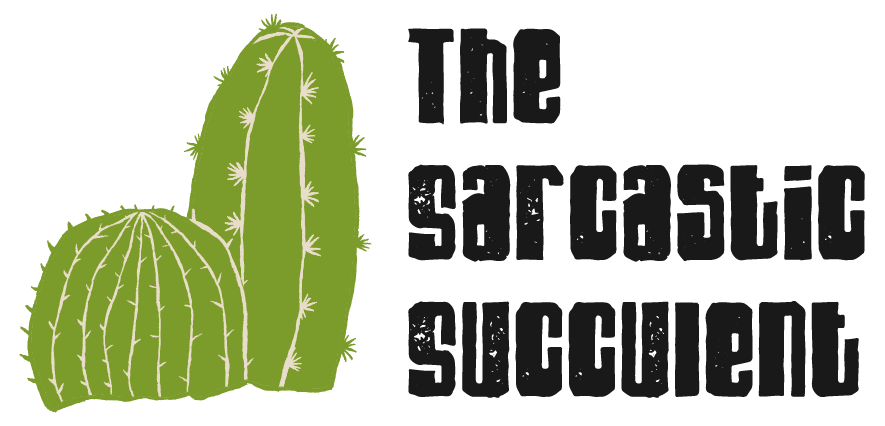
13 Simple Things You Can Do to Lower Your Water Bill
Water is an essential resource that we use every day, but it can also be a significant expense. Many households struggle with high water bills, which can put a strain on their budget. However, there are several simple steps you can take to reduce your water consumption and lower your monthly water bill. In this blog post, we’ll explore 13 easy ways to save water and money.
- Fix leaky faucets and toilets Leaky faucets and toilets can waste a surprising amount of water over time. A single leaky faucet can waste up to 20 gallons of water per day, while a leaky toilet can waste up to 200 gallons per day. By fixing these leaks, you can significantly reduce your water consumption and lower your water bill.
- Install low-flow showerheads and faucets Low-flow showerheads and faucets are designed to reduce water flow without sacrificing water pressure. By installing these fixtures, you can reduce your water usage by up to 50% while still enjoying a comfortable shower or washing experience.
- Take shorter showers Taking shorter showers is an easy way to reduce your water consumption. Aim for showers that are 5 minutes or less, and consider using a timer to help you stay on track.
- Turn off the water while brushing your teeth or shaving Leaving the water running while brushing your teeth or shaving can waste a significant amount of water. Instead, turn off the water while you’re brushing or shaving, and only turn it back on when you need to rinse.
- Use a dishwasher instead of washing dishes by hand Believe it or not, using a dishwasher can actually save water compared to washing dishes by hand. Modern dishwashers are designed to use less water and energy than hand washing, so if you have a dishwasher, be sure to use it.
- Only run the dishwasher and washing machine when they’re full Running the dishwasher or washing machine with only a few items can waste a lot of water. Instead, wait until you have a full load before running these appliances.
- Use a broom instead of a hose to clean outdoor surfaces Using a hose to clean outdoor surfaces like driveways and sidewalks can waste a lot of water. Instead, use a broom to sweep away dirt and debris.
- Water your lawn and garden in the early morning or late evening Watering your lawn and garden during the heat of the day can lead to excessive evaporation and waste. Instead, water in the early morning or late evening when temperatures are cooler and evaporation is less likely to occur.
- Use mulch in your garden to retain moisture Mulch is a great way to retain moisture in your garden and reduce the need for frequent watering. Apply a layer of mulch around your plants to help keep the soil moist and cool.
- Use a rain barrel to collect rainwater for outdoor use Collecting rainwater in a rain barrel is an easy way to reduce your reliance on tap water for outdoor use. Use the collected water to water your plants, wash your car, or clean outdoor surfaces.
- Adjust your toilet’s water level If your toilet is using more water than necessary, you can adjust the water level to reduce waste. Check the manufacturer’s instructions for guidance on how to adjust the water level in your specific toilet model.
- Use a water-saving toilet If you’re in the market for a new toilet, consider investing in a water-saving model. These toilets use less water per flush than traditional models, which can add up to significant savings over time.
- Be mindful of your overall water usage Finally, be mindful of your overall water usage throughout the day. Turn off the water while you’re lathering up in the shower, only run the dishwasher and washing machine when they’re full, and avoid leaving the water running unnecessarily.
By implementing these 13 simple tips, you can significantly reduce your water consumption and lower your monthly water bill. Not only will you be saving money, but you’ll also be doing your part to conserve a precious resource. Remember, every little bit helps, so start making small changes today and watch your savings add up over time.


